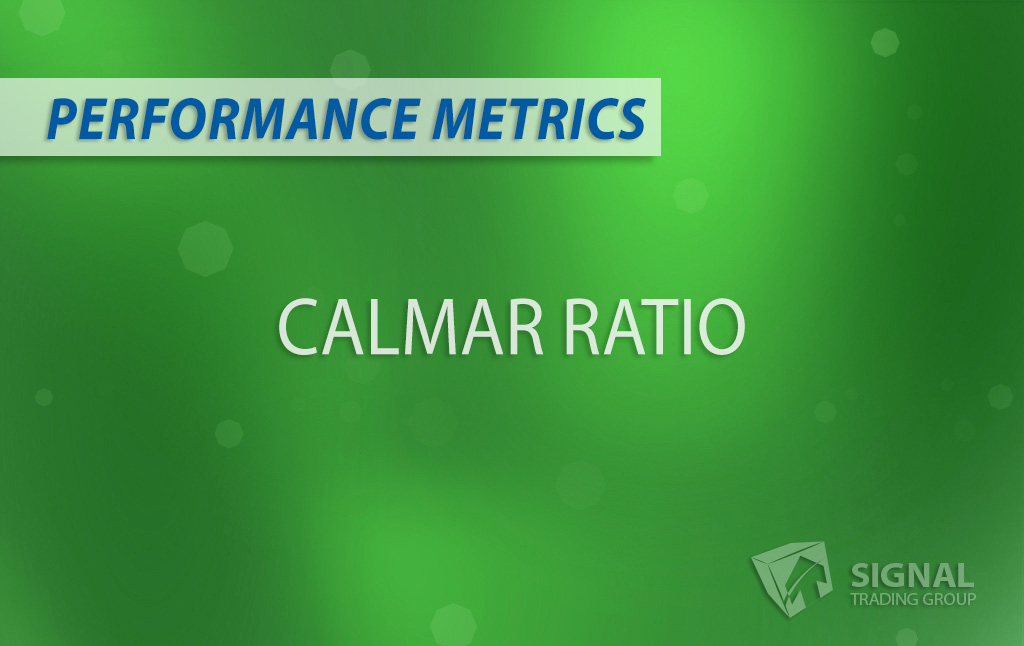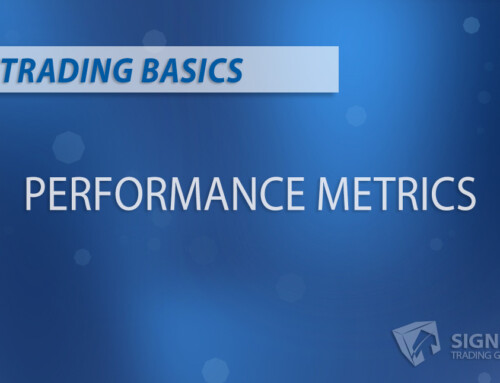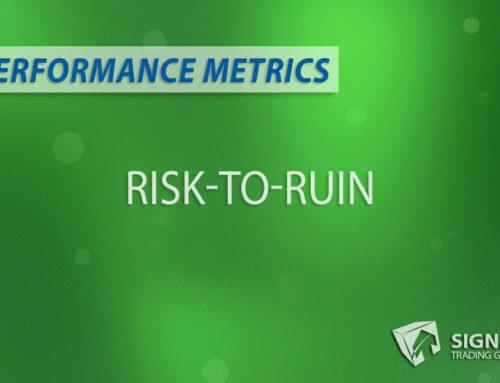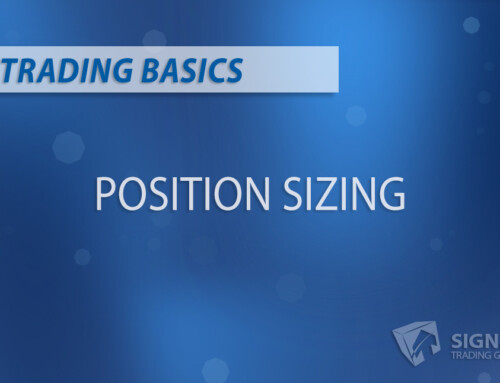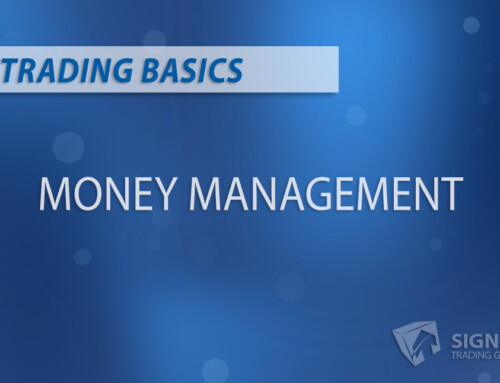The “Performance Metrics 101” blog series is geared towards providing traders with the essential evaluation tools they need to assess trading performance accurately. The goal is to provide a complete understanding of these tools, enabling traders to use them effectively.
Decoding the Calmar Ratio
Risk management is a crucial component of successful investing, and the Calmar Ratio is one tool that can help traders measure the risk of a trading system. This metric focuses on the downside risk of a strategy over its average return, giving traders an insight into how much volatility they could face in any given trade. By understanding the Calmar Ratio, investors can make more informed decisions when selecting a strategy for their trading.
The Need for the Calmar Ratio
For traders, achieving success is a careful balance between risk and reward. To make informed decisions when investing, it’s essential to consider the potential losses associated with any strategy. This is where the Calmar Ratio comes into play. The Calmar Ratio assesses risk-adjusted performance, allowing traders to understand the risk associated with a given investment while also analyzing its ability to generate returns.
By leveraging the Calmar Ratio, you’ll gain valuable insights into your investment strategy’s inherent risk and optimize your investments for success.
Understanding the Calmar Ratio
The Calmar Ratio is calculated as follows:
Calmar Ratio = (Compound Annual Growth Rate) / (Maximum Drawdown)
- Compound Annual Growth Rate (CAGR): This measures a strategy’s average rate of return over a specific period while considering the effects of compounding.
- Maximum Drawdown (MDD): This measures the maximum percentage loss an investment strategy experiences from its peak to the subsequent trough during the period under consideration.
The Calmar Ratio offers a simple yet powerful way to gauge the effectiveness of a trading strategy while factoring in the inherent risk. A high Calmar Ratio typically indicates a better risk-adjusted return, while a low ratio can signal underperformance and greater risk exposure.
Illustrating the Calmar Ratio with Examples
Using the Calmar Ratio, let’s hypothetically assess two trading systems – Trading System A and Trading System B.
Trading System A:
- CAGR: 20%
- MDD: -15%
Trading System B:
- CAGR: 30%
- MDD: -40%
Calmar Ratio (Trading System A) = (20%) / (15%) = 1.33
Calmar Ratio (Trading System B) = (30%) / (40%) = 0.75
Based on the Calmar Ratios, Trading System A demonstrates a more favorable risk-adjusted performance than Trading System B, despite having a lower CAGR. As a result, trading System A exposes investors to less risk (smaller MDD) while delivering reasonable returns.
Applying the Calmar Ratio to Your Investments
Here are some actionable takeaways and valuable tips for utilizing the Calmar Ratio:
- Benchmark comparison: Compare the Calmar Ratios of various trading systems or funds to assess their risk-adjusted performance. This can help you identify the strategies that best fit your risk tolerance and investment goals.
- Periodic monitoring: Regularly track your investment’s Calmar Ratio to identify any adverse trends or conditions that may need your attention.
- Context: A single metric, like the Calmar Ratio, should not be taken in isolation to make investment decisions. Reviewing risk and performance indicators is crucial to make well-informed decisions.
- Limitations: The Calmar Ratio may be less useful for long-term investors since it relies heavily on MDD, which may not significantly impact the performance of long-term investments.
The Calmar Ratio is an important risk indicator for traders and investors to consider when evaluating the performance of a strategy over time. By understanding the metric and its implications, you can make more informed decisions about which trading systems best suit your risk tolerance and goals.

